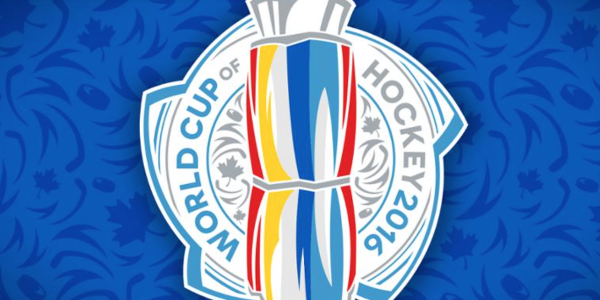“Show, don’t tell” was the informal mantra for a recent Twitter Canada campaign built around the World Cup of Hockey.
The social media platform recently partnered with Toronto agency Open on a real-time marketing campaign aimed at fostering discussion around the 13-day tournament.
Open used a combination of programmatic advertising and tweets using both the @TwitterSports and @TwitterCanada accounts (all using the hashtag #WCH2016) to connect with sports enthusiasts both on and off the social media platform. Twitter also ran promoted tweets from Sportsnet employees, as well as the NHL’s official account that were aimed at getting hockey fans to interact with the platform.
Laura Pearce, who joined Twitter as head of consumer marketing in August, described it as a tactical campaign designed to reflect the company’s new global “See what’s happening” positioning, which explains the platform’s role to non-users.
“It’s a platform where people are connecting around the things happening in the world and in their world,” said Pearce. “It can be very local or global, but it is a place where people can connect. I think a lot of us who work here know and understand that, but it’s really important to articulate to the market.”
Pearce said that sports enthusiasts comprise one of Twitter’s core user groups, but tend to be what the company describes as “heavy non-tweeters” who regularly seek out updates but are infrequent posters.
“We want people to do what they’re most comfortable with in Twitter, and if that’s staying up to date with what’s happening in their world, that’s fine,” said Pearce, who said that sports enthusiasts are an important constituency for the platform. “We want to reinforce that Twitter is a place for them to stay on top of all the action.”
Pre-tournament research by Twitter found that 48% of Canadians identified themselves as hockey fans, as opposed to around 30% who identified as sports fans. “Hockey is actually bigger than sports in Canada, so it was an interesting insight around how sports enthusiasts are for us, and how important hockey is to the country,” said Pearce.
To reach fans away from Twitter, Open created and pre-loaded more than 70 banner ads related to various Team Canada game scenarios – “Huge save by Price” was one ad, for example –and then used programmatic platforms to deliver them to sports enthusiasts in near real-time.
Open also created a series of tweets related to in-game events that were uploaded to the platform as they happened.
Christian Mathieu, partner at Open, said that the campaign was intended to showcase Twitter’s capabilities by mimicking its functionality in the online environment.
“We didn’t want to simply do a campaign that talked about Twitter or showed Twitter’s support for the World Cup of Hockey alone,” said Mathieu. “We wanted the banner ads to behave like tweets and make them as topical and relevant.
“I think live moments like the World Cup of Hockey, which have this inherent energy, are perfect for helping Twitter deliver on that promise of people engaging in that conversation in real-time.”
The campaign debuted on Sept. 23 and ran throughout the tournament, which concluded with the expected Team Canada victory on Sept. 29.
Brands like Sport Chek have also adopted “real-time” advertising around both the Olympics and the Toronto Raptors’ spring playoff run, and Mathieu said that he expects to see the trend continue. “If we can serve up relevant, insightful content in real-time, that’s a goldmine,” he said. “And technology’s giving us that opportunity.”
He said that the challenge for marketers – and their agencies – is anticipating and planning these types of campaigns. “It increases the workload because you have to plan for multiple scenarios,” he said, with some planned executions not used because they didn’t fit the script.











